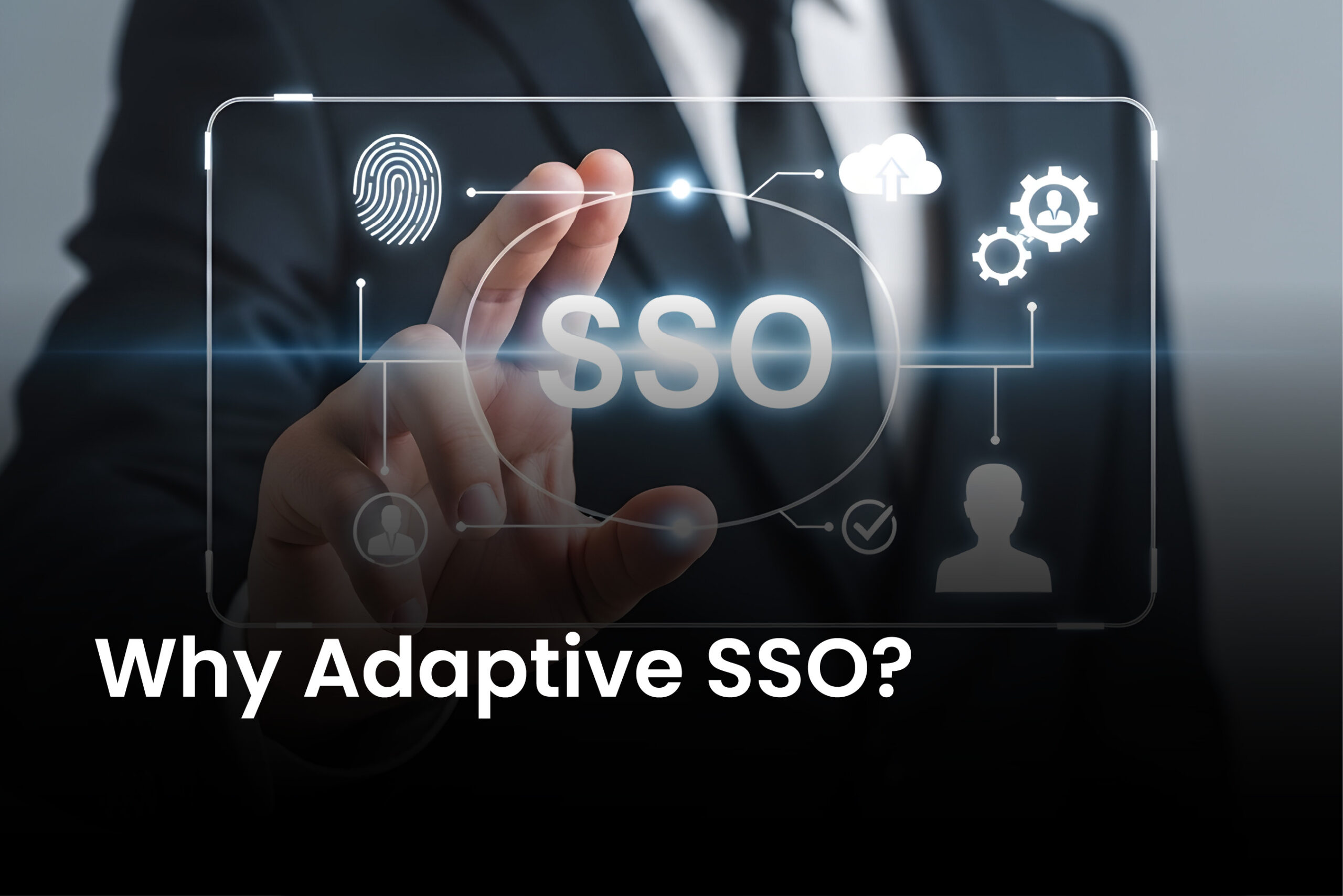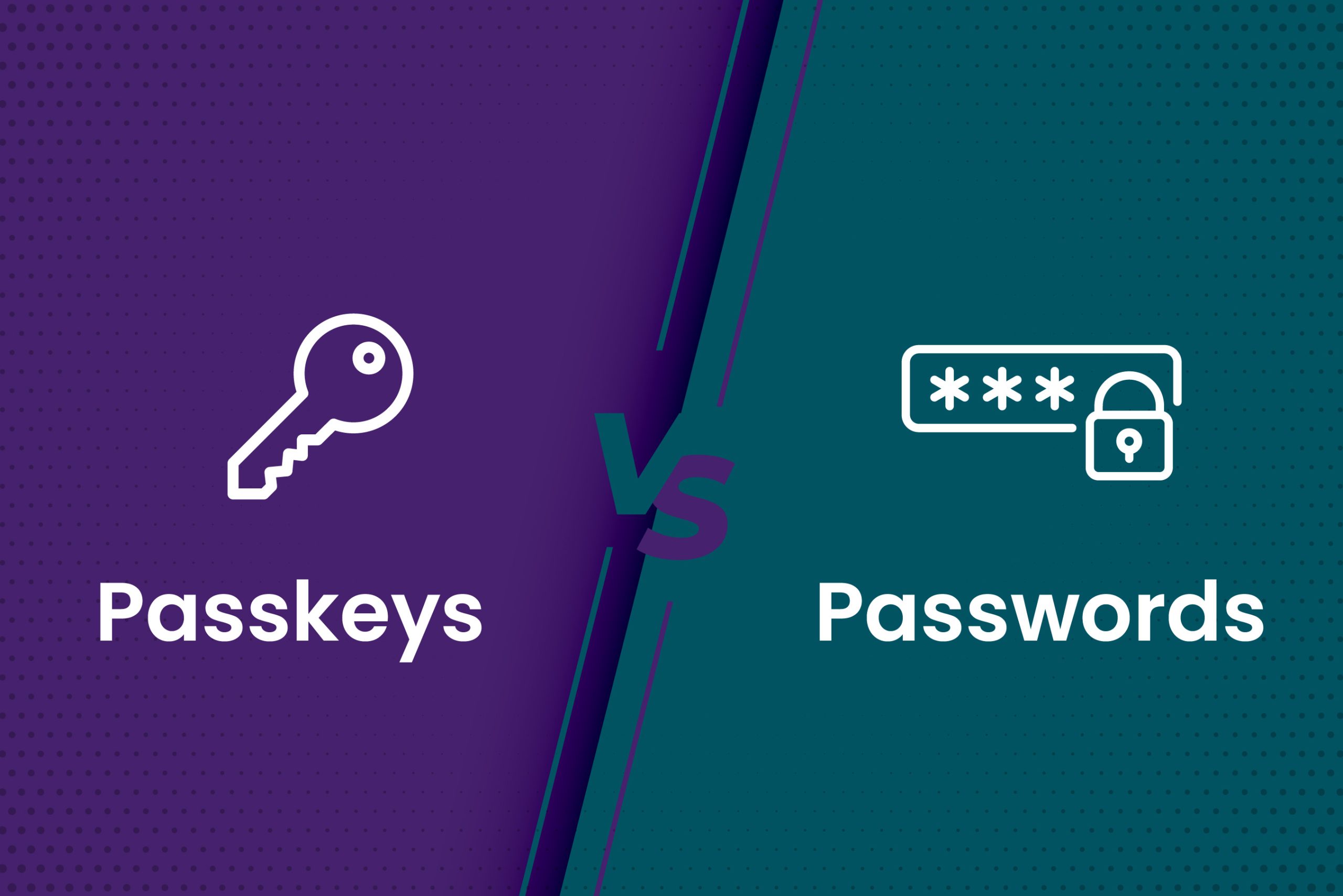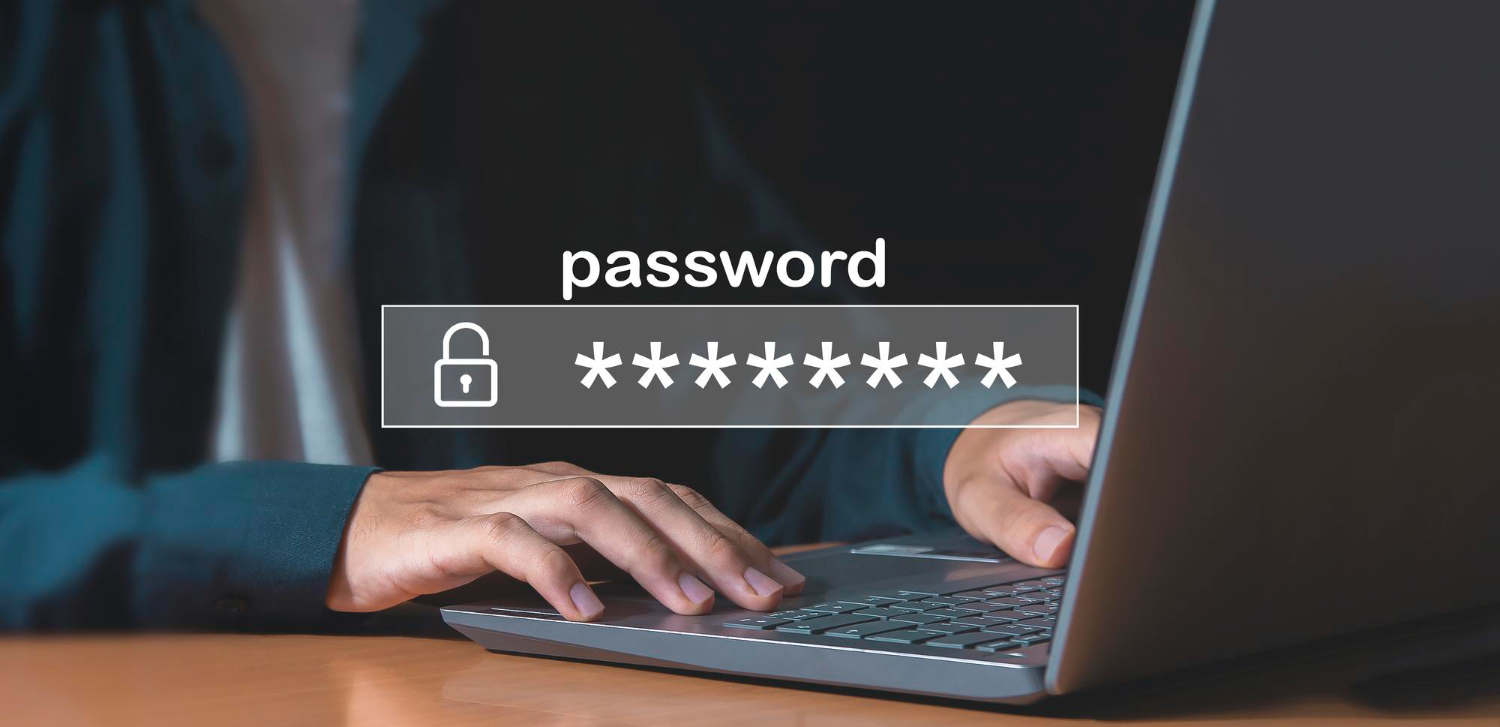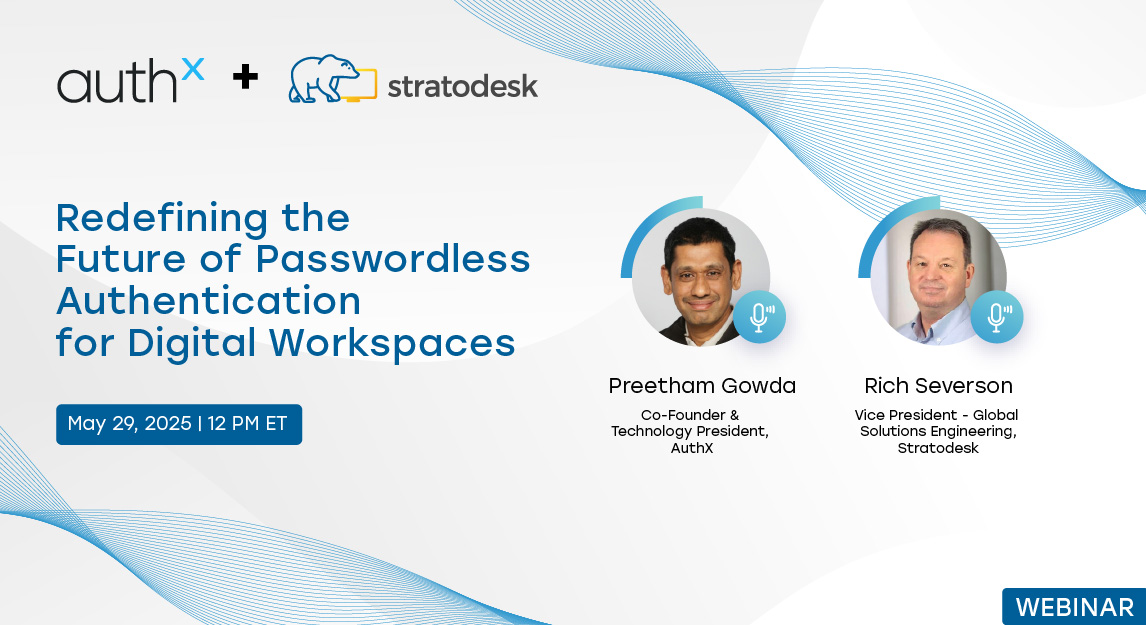We don’t just log in from a desk anymore. Today’s workforce toggles between office laptops, personal phones, public Wi-Fi, and cloud platforms, often in the same hour. According to Gartner, by the end of 2025, 70% of identity and access management (IAM) implementations will support adaptive policies, compared to just 30% in 2021. Meanwhile, the average organization uses over 250 SaaS apps, and employees sign in to at least 11 different platforms daily
That’s a lot of credentials and significant risk. The result? A massive spike in credential-based attacks. According to Verizon’s 2025 DBIR, 22% of confirmed breaches involved stolen credentials as the initial access vector, while in basic web application attacks, that figure jumps to 88%. Attackers are using stolen or reused logins, not force to compromise systems. Static rules no longer cut it. Organizations need authentication that adapts in real time.
What Is Adaptive SSO?
Adaptive SSO(Single Sign-On) combines the simplicity of traditional SSO with risk-aware intelligence. Instead of granting access based solely on a one-time login, it evaluates dozens of contextual factors in real time to determine how to respond.
These include:
- Who is logging in? (identity, role, past behavior)
- Where from? (geo-location, IP reputation, VPN presence)
- What device? (managed or unmanaged, browser, OS health)
- When? (time of day, frequency patterns, anomalies)
Depending on the risk level, Adaptive SSO might:
- Let the user in instantly (low-risk context)
- Ask for step-up authentication (moderate risk)
- Block access or alert IT (high risk)
It’s like a smart doorman who knows you well enough to say, “Come right in,” but can also say, “Hang on, this doesn’t feel right. Prove it’s you.”
And the beauty is that it runs in the background most of the time, making the right calls without slowing anyone down.
Why Adaptive SSO Matters Now?
We hear a lot of conversations around “frictionless security“, but here’s the truth: most enterprises still force a one-size-fits-all login experience. And that creates two significant problems:
- There is too much friction for employees, resulting in password fatigue, workarounds, and shadow IT.
- There is too little protection in high-risk scenarios, leaving gaps for attackers to exploit.
Adaptive SSO finally closes this gap by aligning user experience with risk. Let’s dig into what makes Adaptive SSO a smart investment.
1. It Delivers Real Security without Locking Everyone Out
Most SSO solutions make it easier to log in, but they rarely question whether access should happen in the first place. That’s where adaptive SSO stands apart. It continuously evaluates real-time risk signals like device posture (is antivirus enabled? is the phone jailbroken?), unusual login velocity (such as a login from India three minutes after one in the U.S.), or time-based anomalies like a user suddenly signing in at 3 AM for the first time. It also picks up on behavioral drift; say, someone accessing apps they’ve never touched before.
But the system doesn’t overreact. If something looks off, it adapts. It might prompt the user for an extra MFA step, restrict access to more sensitive systems, or notify the security team and trigger workflows. The result? Day-to-day logins stay fast and frictionless, while suspicious activity gets flagged early before anything breaks.
2. It Removes the "MFA Everywhere" Fatigue
The moment most companies hear “MFA”, they apply it everywhere, every user, every login, every time. It’s secure but also exhausting. Adaptive SSO helps fix this overkill by offering nuance. For instance, if a known employee logs in from their usual location at 9:00 AM, using a managed device, there’s no need to demand an OTP again. But if the same person tries logging in from a café in a new city, using an old browser, adaptive SSO automatically steps up authentication. And if their login behavior matches a known breach pattern, access is denied outright.
This approach ensures MFA stays meaningful instead of becoming a checkbox exercise. It tightens security by focusing attention where it matters, without burning out your workforce.
3. It Adapts to Each User, Role, and Risk Level
One of the strongest benefits of adaptive SSO is how precisely it can tune access based on the user, their role, and real-time context. Instead of applying the same access policy to everyone, it lets you assign dynamic rules. An executive might have one policy, while a contractor has another. A finance team member logging in on a corporate laptop gets a different experience than someone in marketing using their personal device.
For example, contractors working from unmanaged devices might get SSO access to project tools but not to internal dashboards. A sales rep on the road might skip MFA when opening the CRM but be asked for a fingerprint when accessing payroll. Meanwhile, executives logging in from international hotel networks could automatically be prompted for biometric re-authentication. This level of granularity builds trust without slowing down high-performing teams.
4. It Helps Prove Compliance Without Extra Work
Compliance teams need to know who accessed what, when, and under what conditions. Adaptive SSO takes care of that in the background by logging risk-based access decisions automatically. Whether it’s a step-up MFA event, a denied login, or a strange session from an unknown device or location, the system tracks it all. These logs can integrate with your existing SIEM tools or be exported directly for compliance reporting, saving your IT team hours of manual work.
No matter what your industry; healthcare with HIPAA, finance under GLBA and SOX, or any other regulated field, adaptive SSO supports audit readiness, enforces identity governance, and strengthens your Zero Trust model without adding operational burden.
5. It's a Key Step Toward a Passwordless Future
Passwords are on their way out. But jumping straight to Passkeys or Biometrics across every system overnight isn’t realistic for most companies. That’s where adaptive SSO becomes critical, it acts as a practical bridge. It supports Passwordless Authentication where available, while enforcing smarter password use where it’s still needed. Risk-based signals help determine when a password is acceptable and when stronger authentication is required.
This staged approach allows organizations to roll out passwordless access incrementally, starting with trusted devices or low-risk apps without disrupting user experience or security posture. As passwordless adoption matures, the same adaptive engine continues making real-time access decisions without relying on outdated credential models.
Final Thoughts: Adaptive SSO isn't Optional Anymore
We’ve moved past the days when a username and password were enough. Identity is the new perimeter. And in this perimeter, trust must be earned; constantly, silently, and intelligently.
Adaptive SSO is one of the simplest and most impactful changes security teams can make to reduce breach risk without slowing the business down.
If you’re still relying on traditional SSO or manual rules, it’s worth asking:
- Are you giving the right people access?
- Are you blocking the wrong ones?
- And are you doing it without getting in the way?
For enterprises serious about user productivity and real-world security, adaptive SSO isn’t “nice to have.” It’s the new baseline.
FAQs
What's the difference between Adaptive SSO and traditional SSO?
Traditional SSO grants access based on static rules, treating all logins similarly. Adaptive SSO analyzes real-time context to adjust authentication dynamically.
Does Adaptive SSO replace MFA?
Is Adaptive SSO only for large enterprises?
Not at all. While enterprises lead adoption, SMBs can benefit just as much—especially as threats increasingly target smaller organizations with weaker defenses.
Will Adaptive SSO slow down users?
Quite the opposite. It minimizes friction by allowing seamless login in trusted situations and stepping up security only when context demands it.
How does Adaptive SSO support compliance?
It logs every contextual decision, authentication step, and anomaly, making it easier to generate audit trails and prove identity governance.















